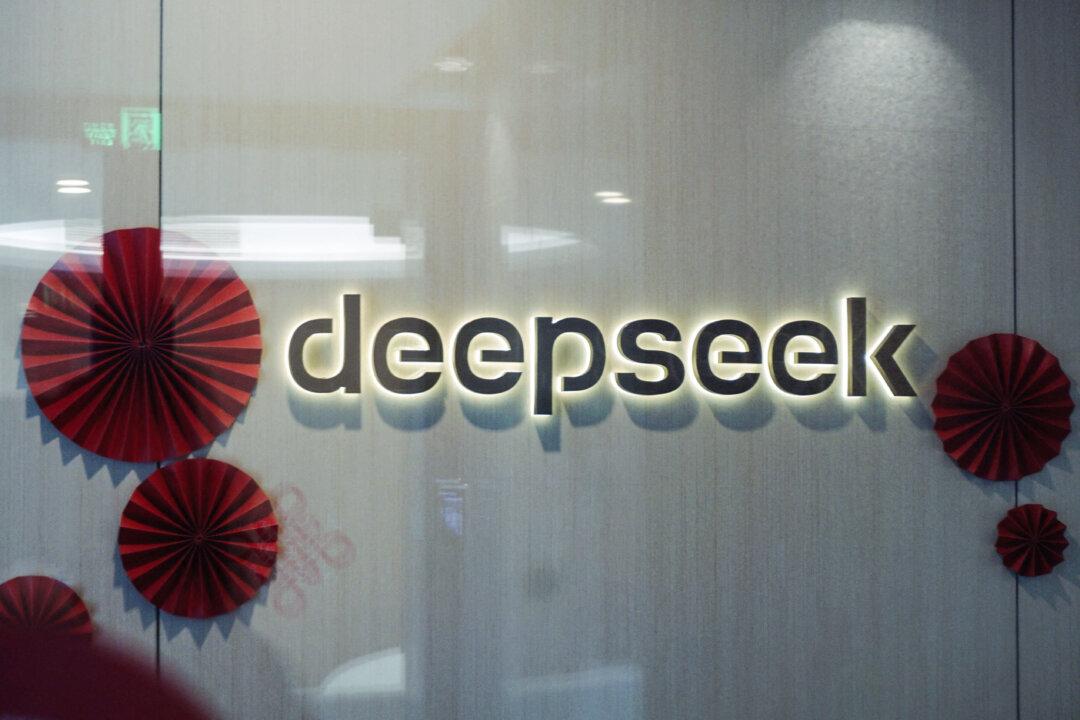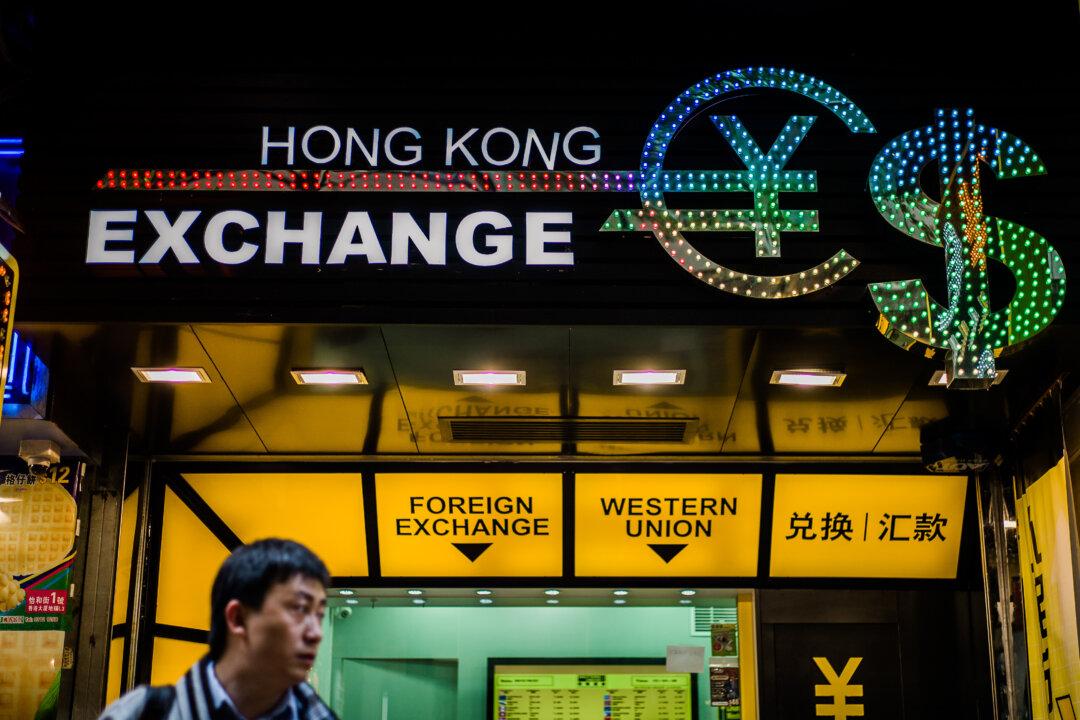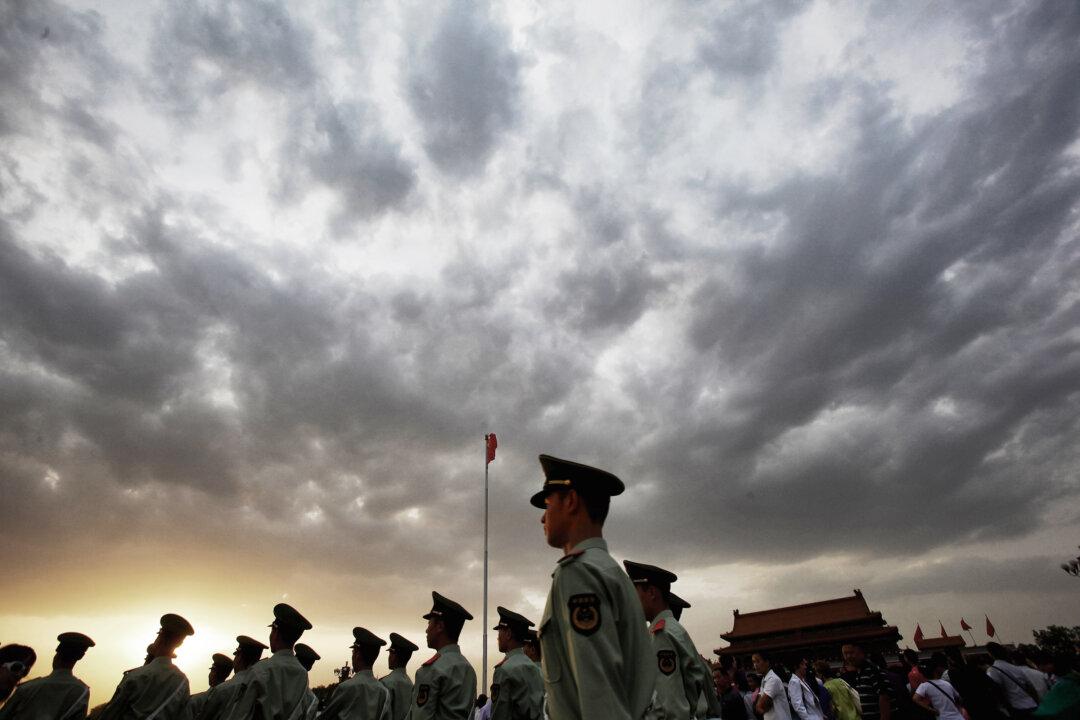China’s strategically significant Eastern Theater Command has recently seen a series of notable leadership changes. The area is a potential launch point for actions against Taiwan. Reports from Japanese sources, corroborated by aerial imagery and expert opinions, suggest that the People’s Liberation Army (PLA) has ramped up preparations related to the island nation in the past year.
On Aug. 3, a report from China’s Nanjing Television highlighted a visit by officials from Nanjing, where the Eastern Theater Command is headquartered, to several key military establishments. The visit saw the participation of high-level military and local authorities, such as Gen. Lin Xiangyang, commander of the Eastern Theater Command, and Adm. Liu Qingsong, its political commissar, among others.





